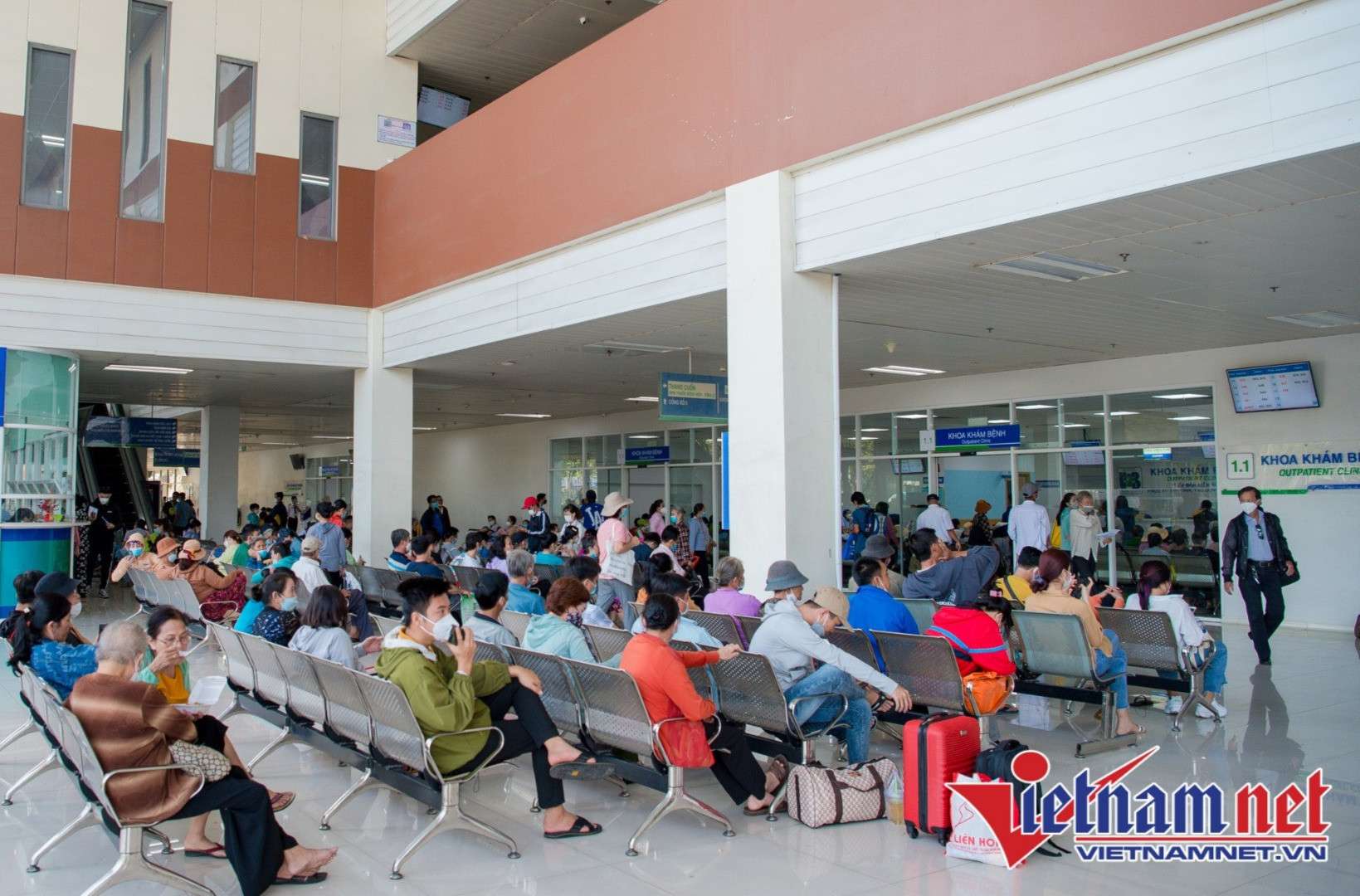
Pham Duy Nghia, CEO of Vietfoot Travel, said that it had once been difficult to travel to Japan for medical examination and treatment because booking of medical services with leading doctors and hospitals was not easy. Also, the difficulties in applying for visas, the high costs, and limited information were problems.
However, Japan in recent years has applied policies to attract this group of travelers. The demand for wellness tourism, according to analysts, is increasing as people take more care of themselves after Covid-19.
With the cooperation of medical corporations, 130 hotels and medical centers in Japan, and air carriers, Vietnamese tourists can book wellness tours to Japan.
Moreover, it is now easier to apply for a visa to Japan which will be valid for three years instead of 1-3 months.
Nghia said after two years of cooperation with the Japanese medical corporations, the number of Vietnamese who want to travel Japan for medical services is on a sharp rise with thousands of travelers of this kind in 2023.
The fees for wellness tours are VND60 million-600 million per traveler. There are also luxury tours designed with the combo of traveling and having stem cell therapy which cost VND1.3 billion per traveler.
The medical service packages most wanted by Vietnamese travelers are general examinations, screening for cancer, whole body dialysis and stem cell therapy.
Nghia said his firm is planning to provide seven medical tourism products and he hopes he can serve 2,000 Vietnamese wellness travelers to Japan in 2024.
According to Itabashi Medical System’s Yamamoto, there are many medical centers in Japan, especially facilities that treat patients with terminal diseases. He noted that the number of Vietnamese patients has increased significantly in recent years. In addition to state-owned hospitals, Vietnamese can also use services from private hospitals and clinics to have tests and hi-tech screening services.
MHC Vietnam’s deputy CEO Nguyen Hong Anh said in anticipation of the demand increase, besides hi-tech aesthetics and generative medicine, the company plans to provide more services. In addition to the medical services in Tokyo, Vietnamese can also book services in Kansai (Osaka) or Hokkaido.
Nguyen Van Tuan, deputy chair of the Quang Ninh Travel Sub-association, said wellness tourism needs to be expanded. With improved incomes, Vietnamese are willing to spend money on medical services in countries with developed medicine. With tours to Japan now available, they have one more choice rather than familiar destinations such as Singapore and Thailand.
Nguyen Quy Phuong, head of the Tourism Promotion Division under the Vietnam National Authority of Tourism (VNAT), said all countries want to increase travelers’ experiences, while medical tourism with association with nature now can receive high attention. Vietnam’s travel firms have begun providing new tourism models, including wellness tourism.
VNAT reported that the number of foreign travelers to Vietnam to have medical services has been increasing since the pre-Covid period with revenue of $2 billion per annum. About 300,000 foreign travelers visit Vietnam to have medical services and 57,000 of them receive medical treatment, 40 percent of whom stay in HCM City.
According to tourism firms, the biggest challenge for Vietnam’s wellness tourism and HCM City in particular is how to promote the image of Vietnam’s high medical technology, excellent staff and Oriental healing therapy closer to foreign travelers.
A report by the HCM City Tourism Department showed that Vietnam’s medical services are very good and competitive, but foreign travelers are unaware of this.
In Australia, for example, patients have to wait three or four months for joint replacement surgery. In Vietnam, patients just have to wait 3-4 weeks and pay a service fee which is just one-third of that in Australia for the replacement and care service. However, Vietnam’s travel firms don’t have sufficient information to introduce the service to their clients.
Ngoc Ha